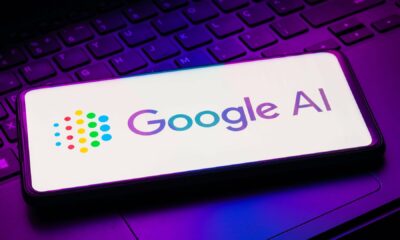SEARCHENGINES
Google Generative AI Models Prohibited Use Policies

On March 14th, Google published its Generative AI prohibited use policy that states where you are not allowed to use its AI features to create content and information. This is not specific to search but as many of you can imagine, this might one day, bridge over to Google’s webmaster guidelines (or search essentials).
I spotted this first via 9to5Google and then Glenn Gabe who posted about this on Twitter who said, “Google publishes its Generative AI ‘prohibited use policy’ and other terms. Including: “Misleading claims of expertise or capability made particularly in sensitive areas (e.g. health, finance, government services, or legal).”
Glenn is highlighting the use of generative AI being prohibited when you “generate and distribute content intended to misinform, misrepresent or mislead,” including “sensitive areas (e.g. health, finance, government services, or legal).” Sounds like the YMYL categories? Sure.
Both Lily Ray and Marie Haynes went with that take:
Big news regarding Google’s new AI products:
Misleading users by claiming AI is an expert in YMYL topics – or pretending YMYL content was written by a human when it was actually generated by AI – is against Google’s terms of service.
Great catch by @Marie_Haynes https://t.co/U3vuPwvsNy
— Lily Ray 😏 (@lilyraynyc) March 17, 2023
But again, this is a policy specific to the Google Bard or Generative AI features and what you can’t use it for.
Google Search has its own mechanisms to try not to show content in the search results that “misinform, misrepresent or mislead” in “sensitive areas” like “health, finance, government services, or legal.” Even if that content is generated by AI or by humans.
And that is what Google’s latest stance on using AI content for your site, it doesn’t matter if AI or humans write it, it has to come out in a way that is helpful and useful to users.
Oh, the Generative AI prohibited use policy also prohibits you use it to:
- Misrepresentation of the provenance of generated content by claiming content was created by a human, or represent generated content as original works, in order to deceive
- Promoting or facilitating the generation or distribution of spam
- Generating content for deceptive or fraudulent activities, scams, phishing, or malware.
And more…
Forum discussion at Twitter.

















